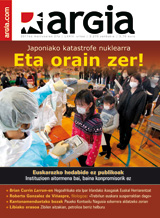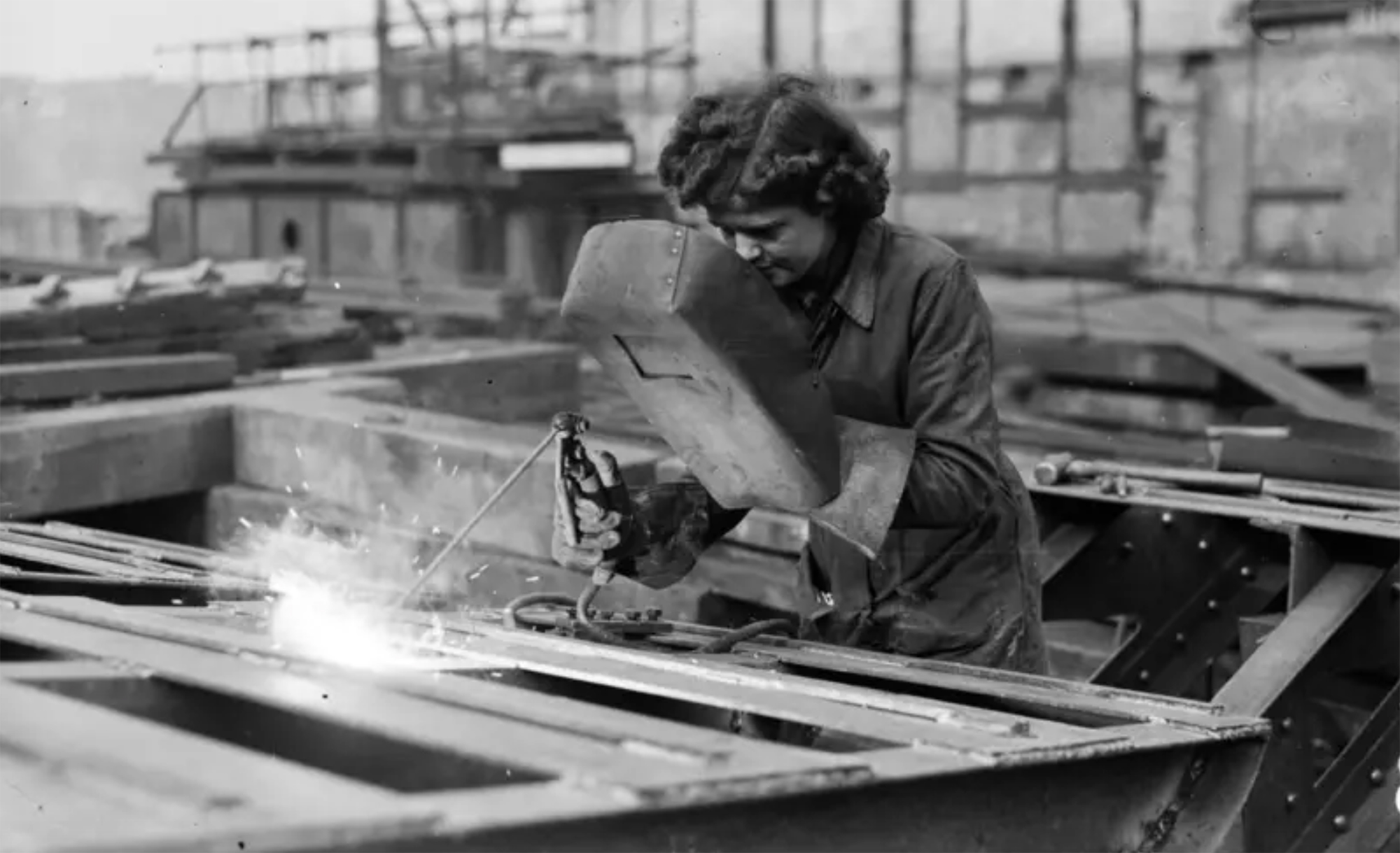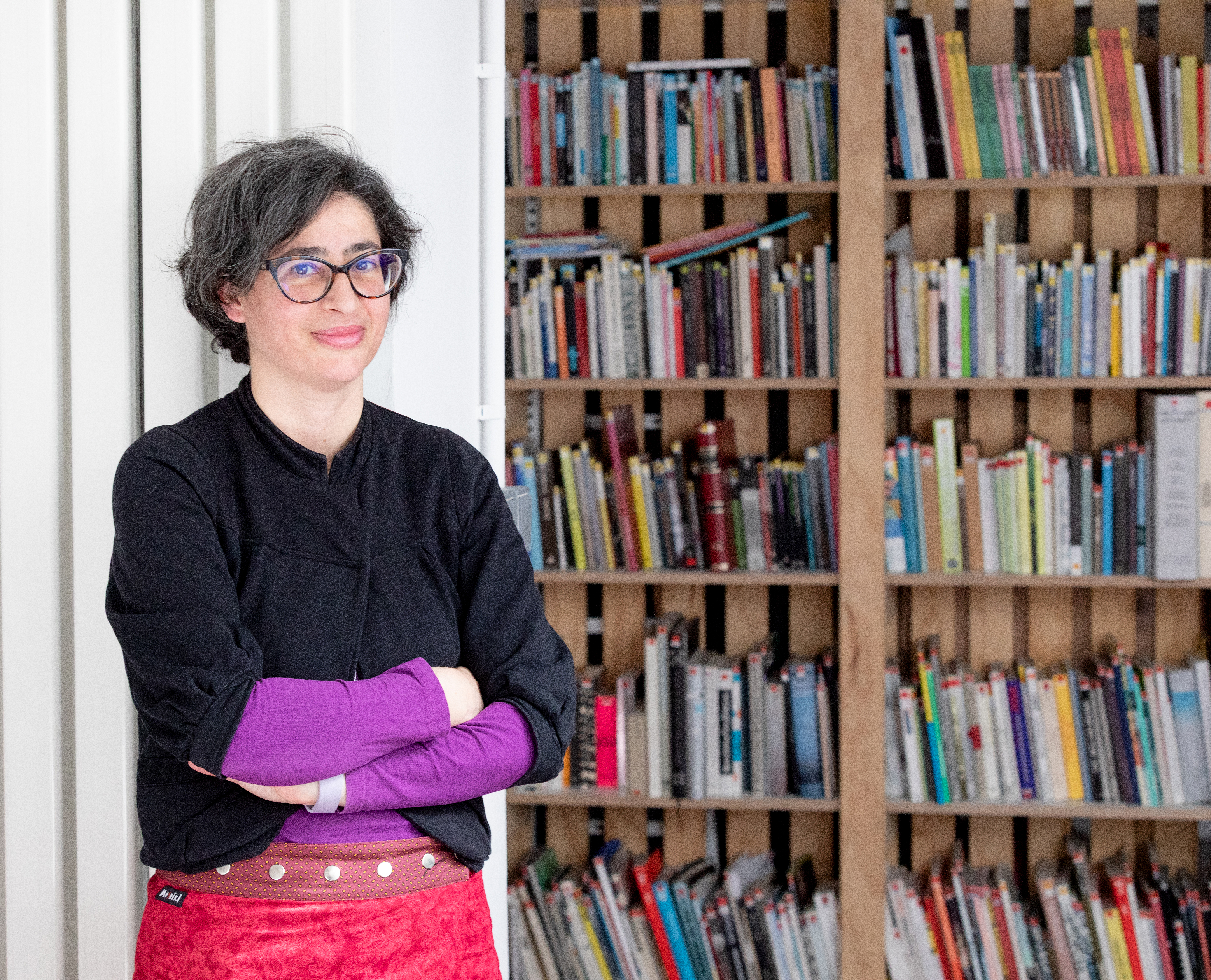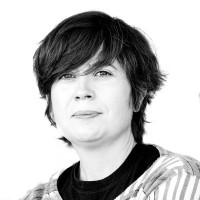Atomic energy plunges Japan for the second time
- Like Germany, Japan waged an imperial war in 1940. He was crushed with two atomic bombs. After the war, trying to prevail in the production of manufactures in the absence of land, Japan turned to the civil atom for energy. The atomic plant is demolishing the Japanese empire for the second time.
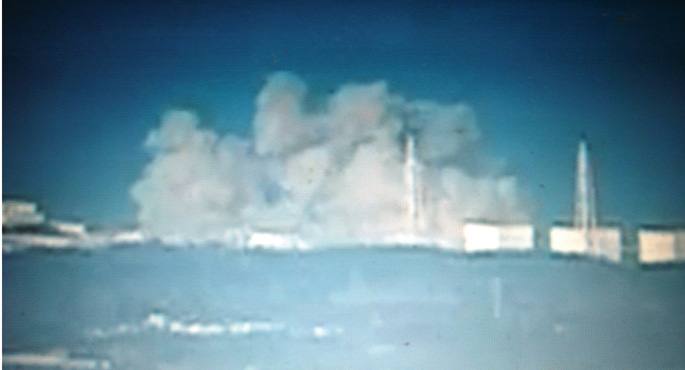
On March 11, a massive earthquake began in Japan. It's still up and running. First the earth trembled, in a few minutes the coast was hit by the tsunami and both caused the Fukushima Daichii nuclear power plant to enter into crisis. He won't calm down for two days.
The buildings, especially in the big cities, withstood the earthquake in good shape. The sea, on the other hand, in a matter of minutes clipped the northeastern coast of Japan, causing most of the deaths (21,000, including those who disappeared, until March 21). On the other hand, the failure of the Fukushima power plant has sunk the myth of the safety of the civil atom.
The Tohoku earthquake is ranked 9th on the Richter scale. Japan has known more than 8 in 2007, 2006, 2003 (Kobe’s in 1995 caused 6,434 deaths compared to 6.8), 1968, 1946, 1933, 1923 (more than 100,000 deaths), 1896, 1891, twice in 1854...
The earthquake occurred at 2:46 p.m. on Friday. 15-30 minutes after the tsunami arrives. At 3:36 p.m. on Saturday, the first of Fukushima’s six reactors exploded. The technicians allowed the radioactive fragrance to escape for the first time to relieve the pressure in the reactors. It wouldn't be the last time. On Sunday, the government evacuated all homes up to 20 kilometers from the center, advising those up to 30 kilometers not to leave the house. Starting Tuesday, followed by explosions and leaks.
The crisis is due to the lack of electricity from the outside to the plant, which has led to the interruption of the cooling system. And this can happen anywhere, like in Blayais near Bordeaux in Garoña near Miranda.
When we say nuclear power, people see reactors. Fukushima has shown us that as dangerous as these are the fuel tanks used, the flooded swimming pools, with no solid back-up of the reactors.
The atomic fuel rods have been heating up. With the explosions, the protective cover has been drilled into the reactors and water has escaped from the swimming pools. The radioactivity begins to emerge into the surrounding air, the floor and the sea.
In one of the engines there is plutonium in addition to uranium, which is even more dangerous. Recently there was a lot of controversy about its use in Japan. Now I'm scared.
The human inability to handle the accident in the first week has been pathetic. Watering the plant by helicopter was pure propaganda, throwing a cup of water at the burning house. Something serious has happened when they have not been able to pump water from the sea, which is two steps away for so many hours and days.
The amount of radioactivity emitted is not known. On Saturday, 19, the first clues were revealed apart from the 30-kilometer security perimeter. No one has mentioned how much it has reached the sea.
The Fukushima has surpassed the Three Mile Island in distress. After the Chernobyl, the second most violent.
The Chernobyl reactor exploded and other materials were in use. The Fukushima reactors have not exploded in the open air... But it was the only reactor in Chernobyl and in Fukushima there are six adjacent.
The owner of the Fukushima plant is the multinational Tokyo Electric Power Company (Tepco), the fourth largest electric power company in the world, E.ON, after Electricité De France (EDF) and the German RWE. In the first days the crisis was managed by the Tepco team.
The 800 technicians who were in the plant were soon removed from it. They left 50 technicians. They added 150. The amount of radioactivity that they can accumulate in their work has been increased by 50%, without any indication of the criteria. The one who has reached the top must be replaced by another. It has not been said how many have passed through Fukushima in a week. To stabilize the Chernobyl... 600,000 men were used.
To understand the information coming from Japan, remember II. They're managing the biggest emergency since the World War. Tepco, on the other hand, owns the station and may soon disappear due to this accident.
Tepco has previously hidden his nuclear accidents, he is famous for his lack of transparency. The mainstream media in Japan has very strict control over energy issues.
The multinationals of electricity and energy are one of the largest companies in the world. Their lobbying work has a huge impact on the mainstream media. They are also included in their property.
Note this trend: bad news has been spread by more than one-two days of delay, while the expected good news has been spread by one-two days before it happens.
There is no comparison between the information provided by the French media and the information provided by the Spanish. Seen only by the TVs at their disposal, the Zubero resident in Altea has much better information than a Vitoria-Gasteiz resident near Garoña.
The anti-nuclear public opinion in Germany and France is strong. With information and decisions, Angela Merkel and Nicolas Sarkozy wanted to anticipate the criticisms of environmentalists.
It is as easy as too little information to suffocate the citizen with too many and contradictory details. One of the victims of the Fukushima crisis has again been information.
Nuclear energy is a tool of war. Even when used for possible purposes of peace and economy, it must be treated as a matter of war in the event of an accident.
The head of crisis management in Chernobyl has said: those who manage the plant are not prepared for this, a separate international team must be organized for the accidents. And even the World Atomic Energy Agency could not be the emergency manager, because it is in the hands of these big companies.
In 1986, the French Government concealed from the population for three months that a radiofrequency cloud had arrived from Chernobyl. Some patients who have developed thyroid cancer have been sued by the person in charge of the meteorological service.
It was in response to this shame that the independent organization CRII-RAD was born, which carries out a detailed monitoring of radioactive contaminations. Those responsible have complained these days that there is no such thing in Japan.
An exercise to learn how to read clues between the news lines. If it is reported that the leaders of the Nuclear Safety Board have gathered in Spain to leave Saturday's nap for the explosion of a nuclear reactor in Japan... it is a sign that it is something serious.
The Basque, who is less than 40 years old today, does not remember Chernobyl. Much less Lemoiz. Many over the age of 40 have forgotten them.
Last time, it seemed like we had to repent that Lemon was rotting. Exercise: take the map and see in which city within the 20 and 30 kilometers of the area the number of people is included.
The crisis in Fukushima has only just begun. Many in the world know this since March 12. At the same time, the new debate on nuclear power plants is in its first stages. When, like the media, politicians and university students were almost completely trapped, the big energy corporations have complicated their lives.
Remembering the “No Nuclear Deba”? History doesn’t repeat itself, but sometimes it rhymes.
Mundu osoarentzat %10eko muga-zerga globala inposatuko du Donald Trumpen administrazioak, eta hainbat herrialderen inportazioak are gehiago zergapetuko ditu, tartean Txinakoak (%34) eta EBkoak (%20). Baina Hegoalde Globaleko herrialdeak izango dira kaltetuenak: Lesoto (%50),... [+]
Londres, 1944. Dorothy izeneko emakume bati argazkiak atera zizkioten Waterloo zubian soldatze lanak egiten ari zela. Dorothyri buruz izena beste daturik ez daukagu, baina duela hamar urte arte hori ere ez genekien. Argazki sorta 2015ean topatu zuen Christine Wall... [+]
Gozamen aparta bezain deskribatzeko zaila dakar, norbaiten hitzak irakurri edo entzun ostean, zera pentsatzeak: “Horixe zen neu aurreko hartan azaltzen saiatu nintzena!”. Idazlea eta itzultzailea da María Reimóndez, eta galegoz aritzen da, hizkuntza... [+]
Wikipedian bilatu dut hitza, eta honela ulertu dut irakurritakoa: errealitatea arrazionalizatzeko metodologia da burokrazia, errealitatea ulergarriago egingo duten kontzeptuetara murrizteko bidean. Errealitatea bera ulertzeko eta kontrolatzeko helburua du, beraz.
Munduko... [+]
Egypt ' s urban planning plan for the Gaza Strip has recently been expanded. A drawing shows the streets, buildings and imagery of the future on a reality that still smells of shrapnel and explosives. The urban planning proposal, used as another bomb shot. Individual house... [+]
Bizitza erdigunean jartzeko abagunea ikusi genuen feministok zein ekologistok Covid-19 pandemia garaian. Ez ginen inozoak, bagenekien boteretsuak eta herritar asko gustura itzuliko zirela betiko normaltasunera. Bereziki, konfinamendu samurra pasa zutenak haien txaletetan edo... [+]









